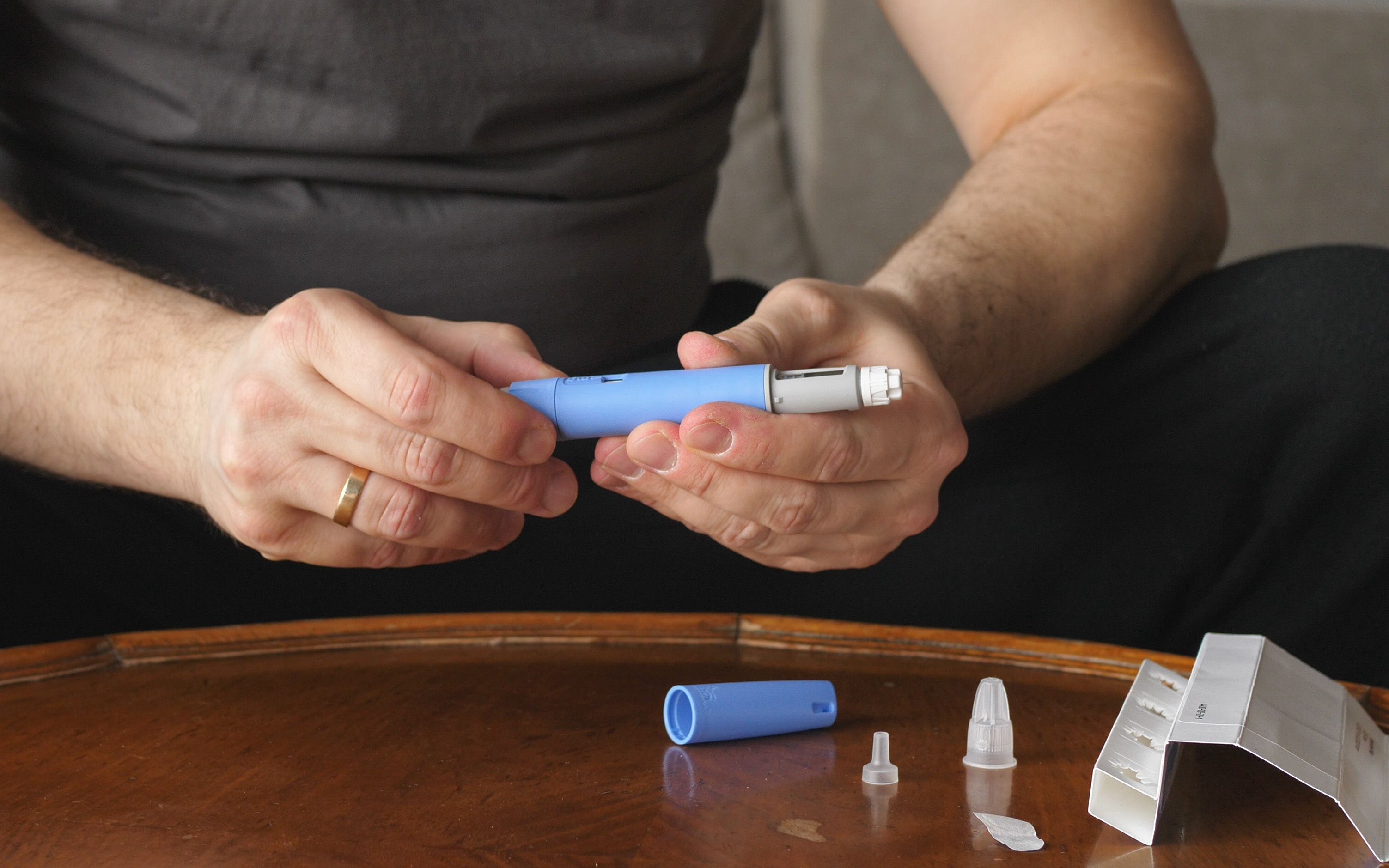- Case-Based Roundtable
- General Dermatology
- Eczema
- Chronic Hand Eczema
- Alopecia
- Aesthetics
- Vitiligo
- COVID-19
- Actinic Keratosis
- Precision Medicine and Biologics
- Rare Disease
- Wound Care
- Rosacea
- Psoriasis
- Psoriatic Arthritis
- Atopic Dermatitis
- Melasma
- NP and PA
- Skin Cancer
- Hidradenitis Suppurativa
- Drug Watch
- Pigmentary Disorders
- Acne
- Pediatric Dermatology
- Practice Management
- Prurigo Nodularis
- Buy-and-Bill
Article
The latest in scar remodeling: High-powered CO2 lasers
High-powered CO2 lasers are making news in scar remodeling. The devices allow dermatologists to go deep into the scar, increase scar mobility and even encourage normal skin formation in the treated area, according to this expert presenter.
High-powered CO2 lasers are making news in scar remodeling. The devices allow dermatologists to go deep into the scar, increase scar mobility and even encourage normal skin formation in the treated area, according to Sacramento, Calif.-based dermatologist Suzanne Kilmer, M.D., who presented on the topic at yesterday’s American Society for Laser Medicine & Surgery 2015 annual conference in Kissimmee, Fla.
Traditional use of pulsed-dye lasers to treat redness and soften scars remains a mainstay in many cases, but high-powered CO2 treatment can do a better job at breaking up scar tissue in thick scars, resulting in greater flexibility, Dr. Kilmer says.
Read: Argon-Based intralesional cryotherapy for keloid scars
“It’s kind of like taking a block of cheddar cheese and turning it into a block of Swiss cheese. The Swiss cheese is easier to bend,” Dr. Kilmer explains. “It has to be a really high-powered CO2, because you want to be able to go in 4 mm deep, and even up to 6 mm, depending on how thick the scar is. You get increased mobility, sometimes even right after the treatment.”
Dr. Kilmer, clinical professor of dermatology at University of California Davis, has been using high-powered CO2 lasers to treat patients through the Wounded Warrior Project and in burn scar programs. She says one female patient had a large burn on her neck and couldn’t drive because the scar limited her mobility to the point that she couldn’t turn her head.
“She was able to drive again after having one treatment because she had enough flexibility in that scar so that she could move a lot more,” Dr. Kilmer says.
NEXT: The holes dermatologists make
READ:Researchers affirm benefits of fractional CO2 laser scar treatment
The holes dermatologists make when treating scars should be deep, small and sparse enough so they don’t trigger additional scar formation. Rather, the deep, low density treatment should heal quickly and encourage normal collagen and skin formation. Dr. Kilmer says she uses the SCAAR FX program on the Ultra pulse CO2 laser by Lumenis, which allows her to make a 120 micron hole from 4 mm to 6 mm deep.
The dermatologist says she might use the pulsed-dye laser in combination with the CO2 to treat redness and relieve the prickly and uncomfortable skin on the scar. But the pulsed-dye laser, she says, doesn’t do as much for the actual mobility and remodeling of the scar as the new high-powered CO2 lasers do.
Recommended articles
Lasers becoming standard of care for scar treatment
Nonablative laser improves appearance of old scars
Laser, pinhole combination treatment may clear scars
Dr. Kilmer reports no relevant disclosures.





